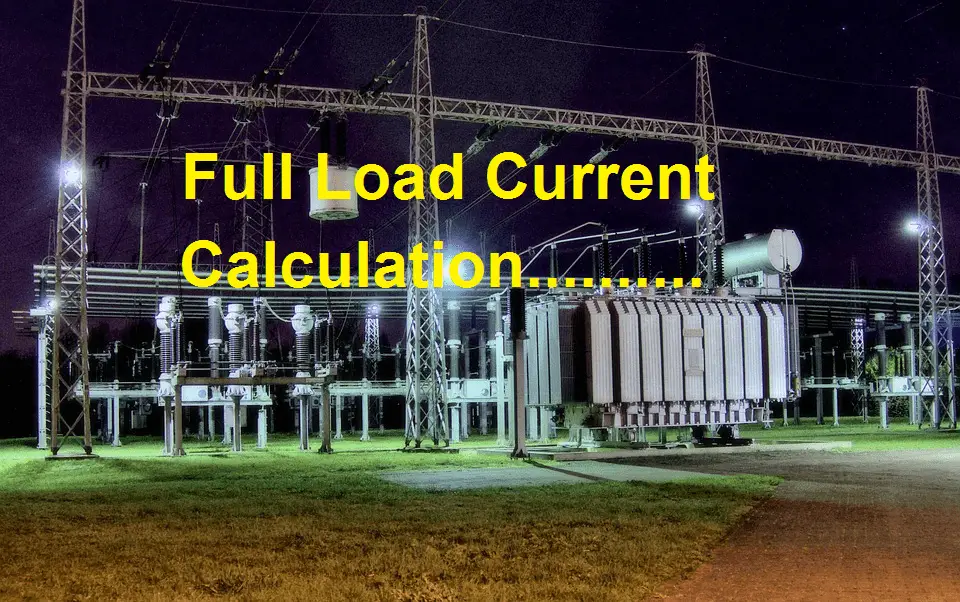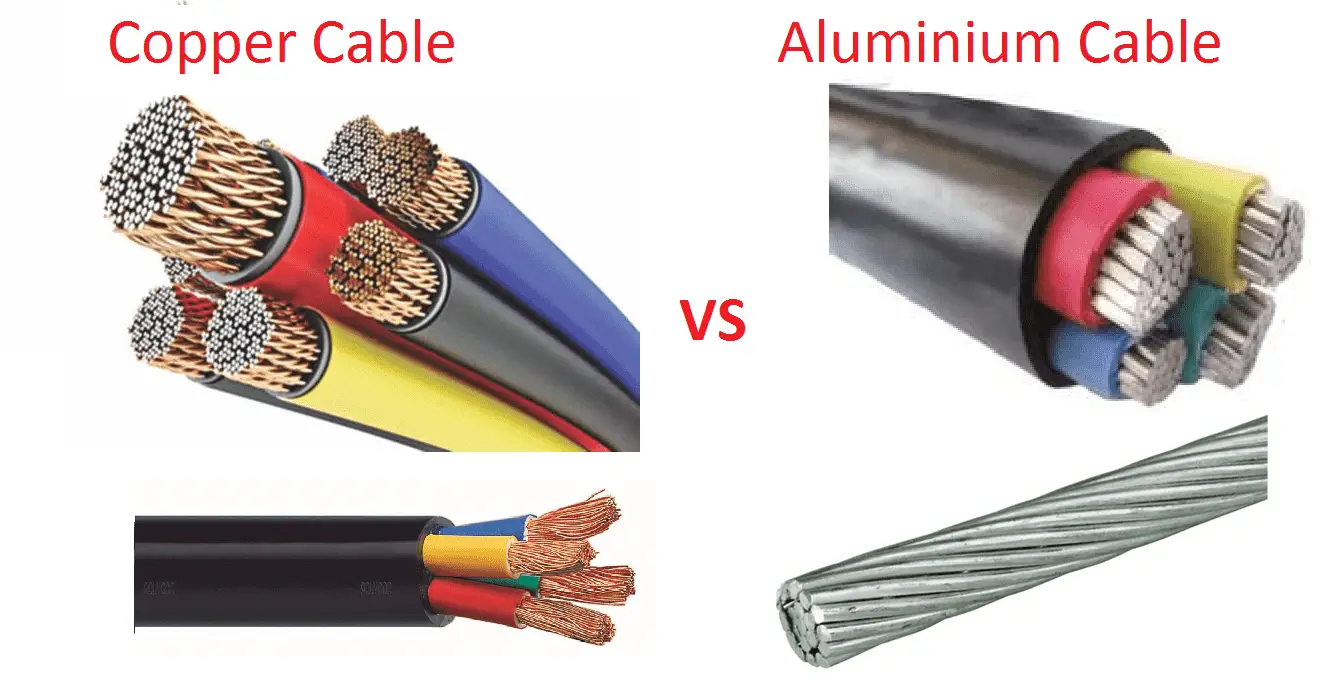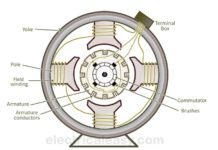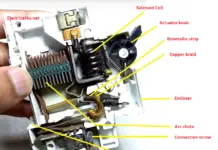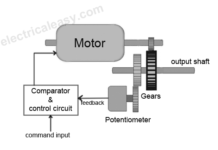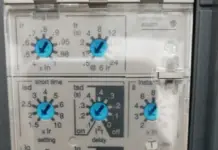Percentage differential relay or Biased Differential Protection:
Generally differential protection relay means the relay operates when the phasor difference between the two or more electrical quantities exceed the pre-set value. The electrical quantity may be voltage or current. But mostly voltage based relays are not preferred. We use to prefer current based differential protection, but it has some limitations such as Both CT Should be identical CT ratio, Identical burden, extention cable resistance nuisance trip etc. In order to avoid these, percentage differential protection can be used.
The percentage differential relay is designed to operate the differential current in terms of its fractional relation with actual current flowing through the circuit. It is used to protect the system under Current transformer saturation, unequal CT ratios, nuisance trip etc. It increases the stability of the differential protection relays.
Working Function of Percentage Differential protection:
[wp_ad_camp_1]
Two coils are there in the relay. One is operating coil and another one is restraining coil. here restraining coil produce force or torque which will oppose the operating coil of the relay. Lets take N is the number of turns in the operating coil and Nr is the number of turns in the restraining coil. The connection is made as shown in the figure. In this two coils are placed and the operating coil K carries the differential current which means I1-I2 and another one coil is restraining coil R carries the current proportional to (I1+I2)/2 because of the coil K is connected in midpoint the restraining coil. Normally current I1 flows in the restraining coil in Nr/2 parts, the I2 current flows another Nr/2 parts.. hence the effective ampere turns is..
That’s why we have taken the total current through the restraining coil as I1+I2)/2
Under normal condition, the force produced by the restraining coils is greater than the force produced by the operating coils. Therefore, relay does not operate.
Hence
During fault condition…the operating force become higher than the restraining force, due to this the operating coil trips the mechanism.
Thus the ratio of differential current to average restraining current is always a fixed percentage. Therefor it is called as percentage differential relay.
Characteristics of percentage relay:
The relay which has constant slope operating characteristics, such relay is called constant slope percentage differential relays. It needs high accuracy Current transformer to get good performance of the relay.
[wp_ad_camp_1]
In some of the relay slope varies as the short circuit current increases. Such relays can be called as increase slope percentage relays.
Advantage of increasing slope differential relay:
- It does not need high accuracy class current transformer.
Disadvantage of increasing slope differential relay:
- High cost.

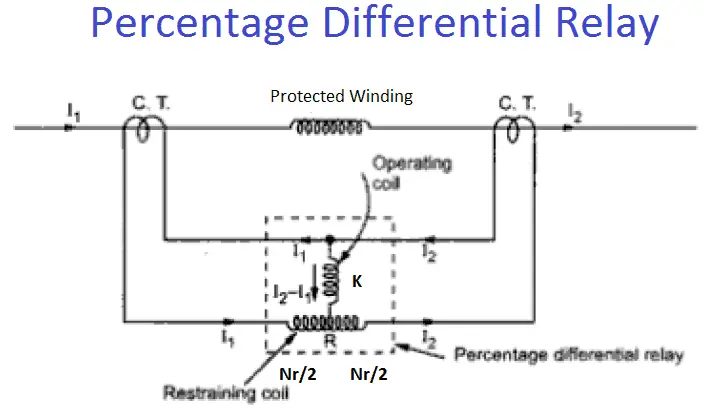

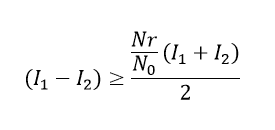

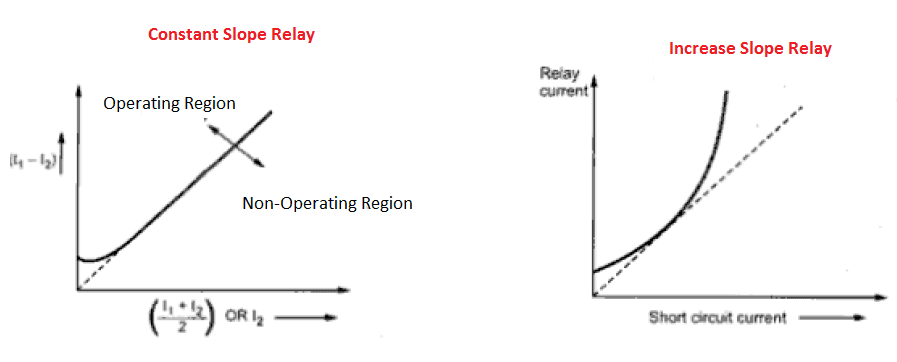

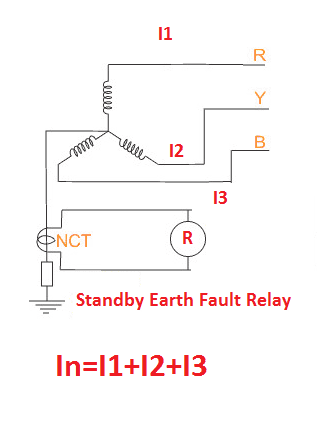
![What is Normally Open & What is Normally Closed [Video Included] What is NO and NC](https://www.electrical4u.net/wp-content/uploads/2020/09/What-is-NO-and-NC-218x150.png)
